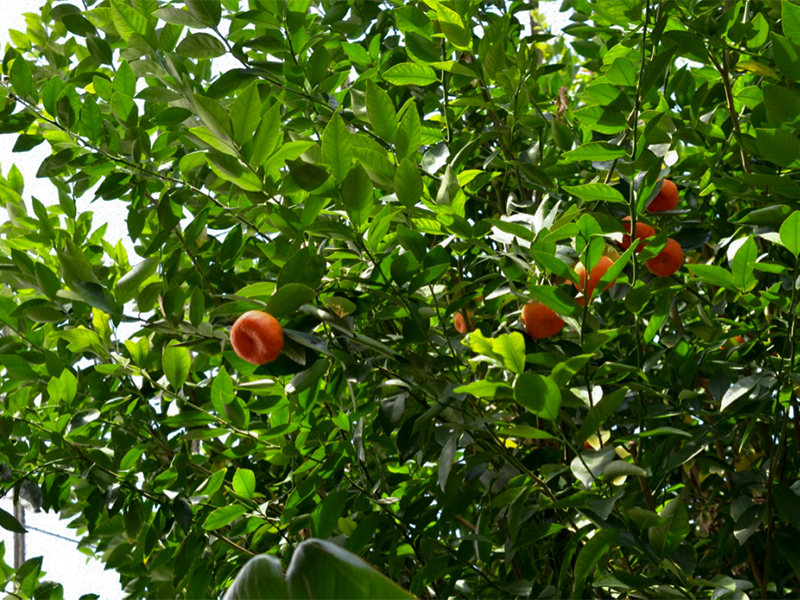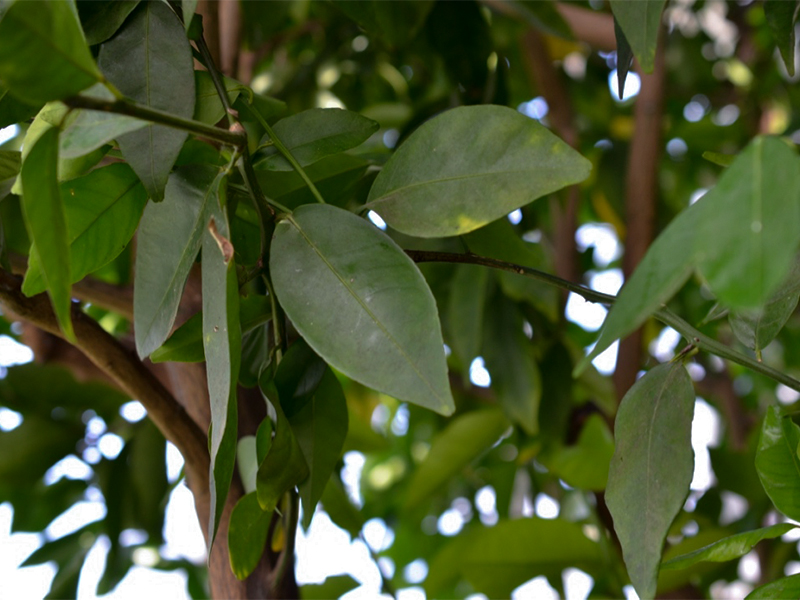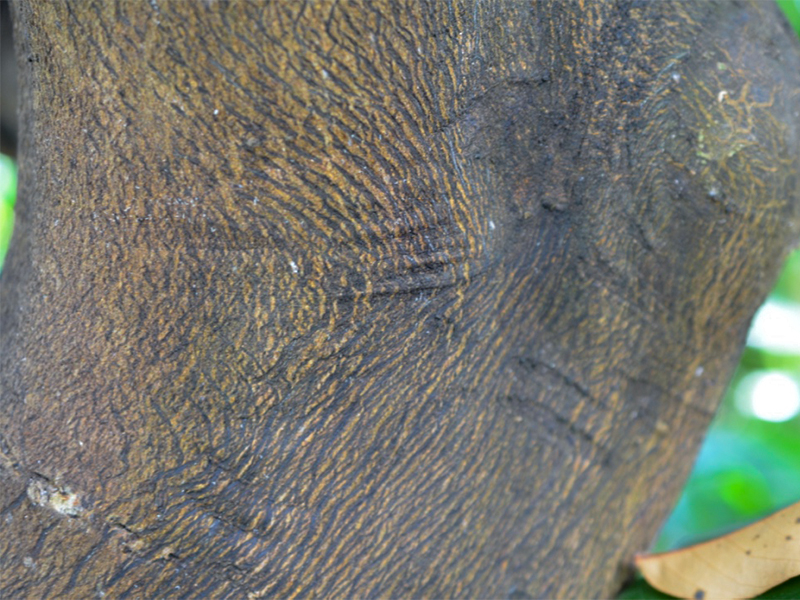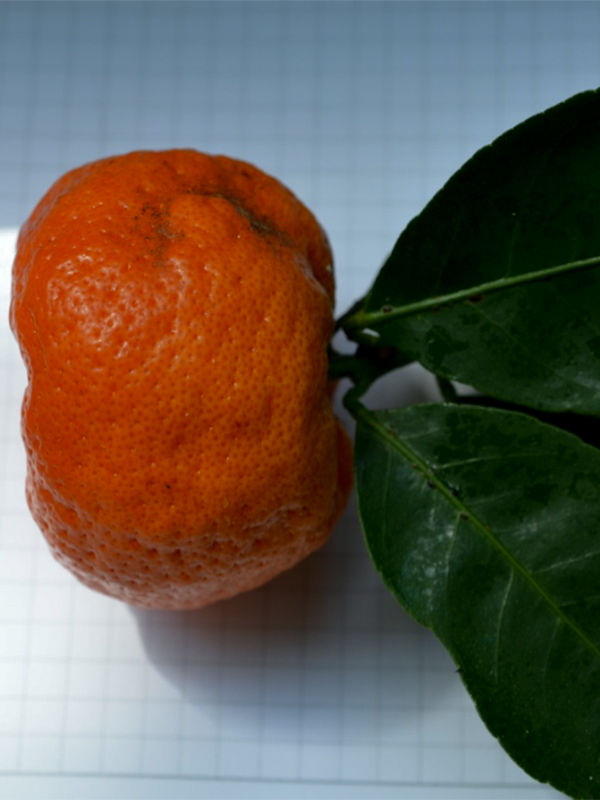
Tropicals, Woody > Citrus > Citrus tangerina > Citrus tangerina
Citrus tangerina
Tangerine
| Family |
| Rutaceae |
| Genus |
| Citrus |
| Species |
| tangerina |
| Category |
| Tropicals, Woody |
| Type |
| Tree (evergreen), Shrub (evergreen) |
| USDA Hardiness Zone |
| 9 - 11 |
| Canadian Hardiness Zone |
| Requires cold season protection under glass. |
| RHS Hardiness Zone |
| H1c - H4 |
| Temperature (°C) |
| -10 - 10 |
| Temperature (°F) |
| 14 - 50 |
| Height |
| 3 - 6 m |
| Spread |
| 0.9 - 7 m |
Photographs
Description and Growing Information
Flowering Period
| General Description |
| Medium sized tree that grows tangerines. Close relative to the Mandarine orange and the Clementine. |
| Cultivation |
| Grows best in full sun in neutral to well-drained soil. Water regularly, allowing the soil to dry between waterings. |
| Growth |
| Medium |
| Pests |
| Mediterranean fruit flies, fungal leaf spots, blights, root rot, and viruses. Xylella a bacterial disease is a serious threat to many horticultures crops due to its virulence and wide range of species it can infect. It can infect more than 560 species with wide ranging symptoms including leaf scorch, yellowing and scorching, wilt, branch and twig dieback and plant death. These symptoms can be identical to other symptoms such as drought and weather stress. Infected plants show symptoms within a few years after planting. |
| Leaf Description |
| Oblong to oval in shape. |
| Flower Description |
| Fragrant flowers. |
| Fruit Description |
| Tangerines are round and similar in appearance to oranges. Flesh is juicy, less sour than oranges, and divided into 10 - 14 segments. Fruit is easy to peel. |
| Colour Description |
| Leaves are dark green. Flower buds are light pink, while the flowers are white. Fruit starts green and ripens to orange. |
| Texture Description |
| Leaves are leathery and glossy. |
| Notable Specimens |
| Centennial Conservatory, Thunder Bay, Ontario, Canada. |
| Propagation |
| By seed or cuttings. |



